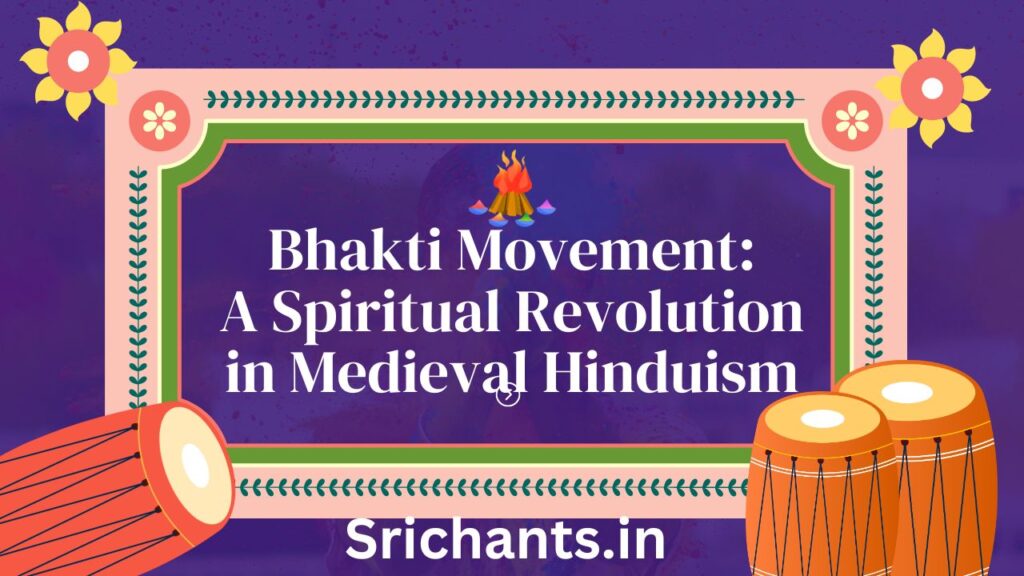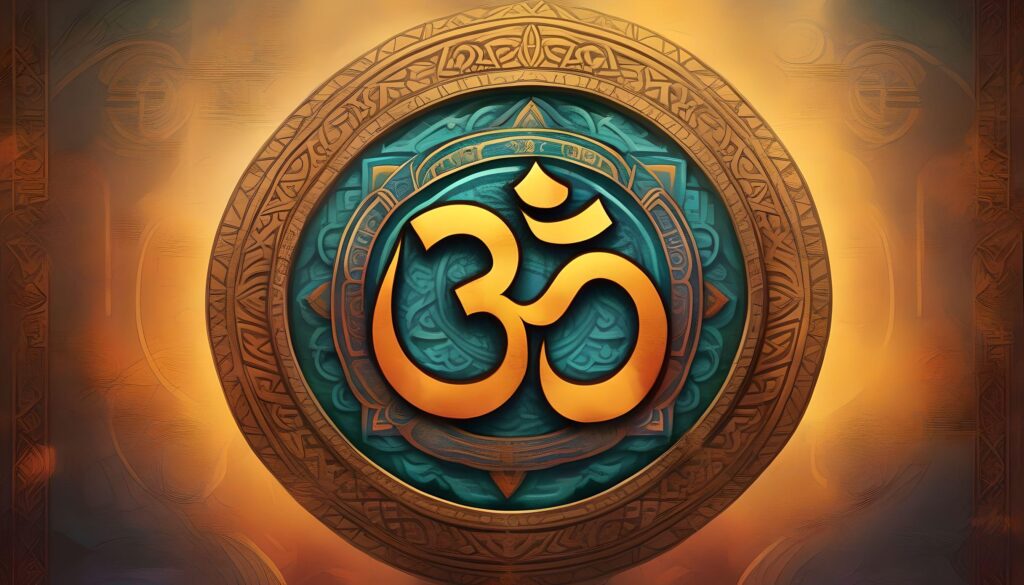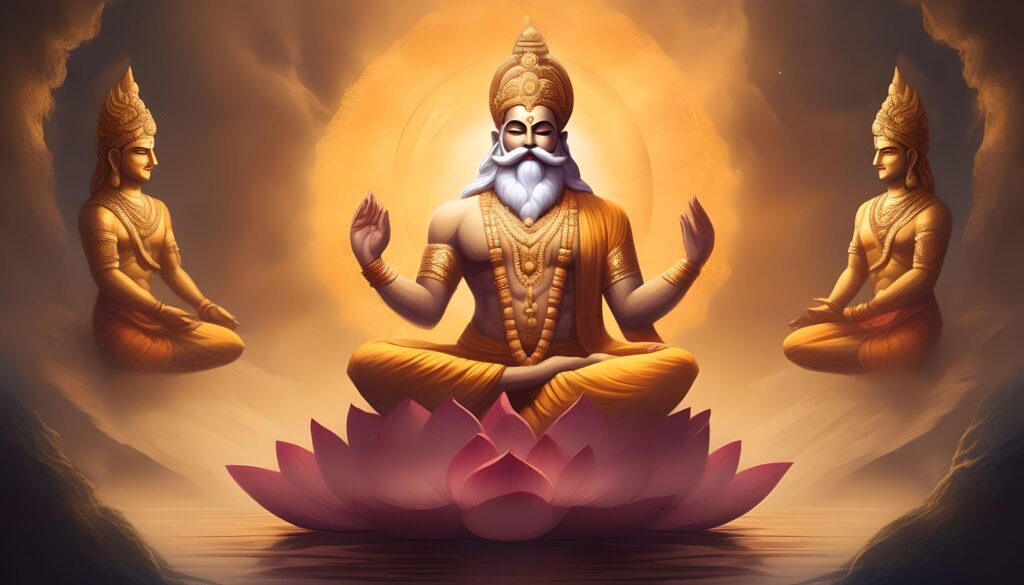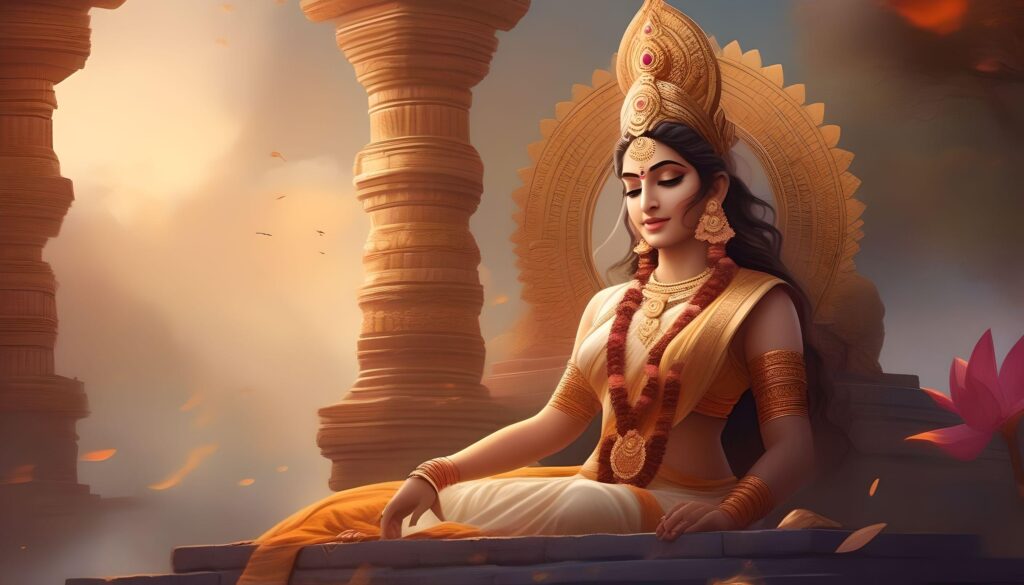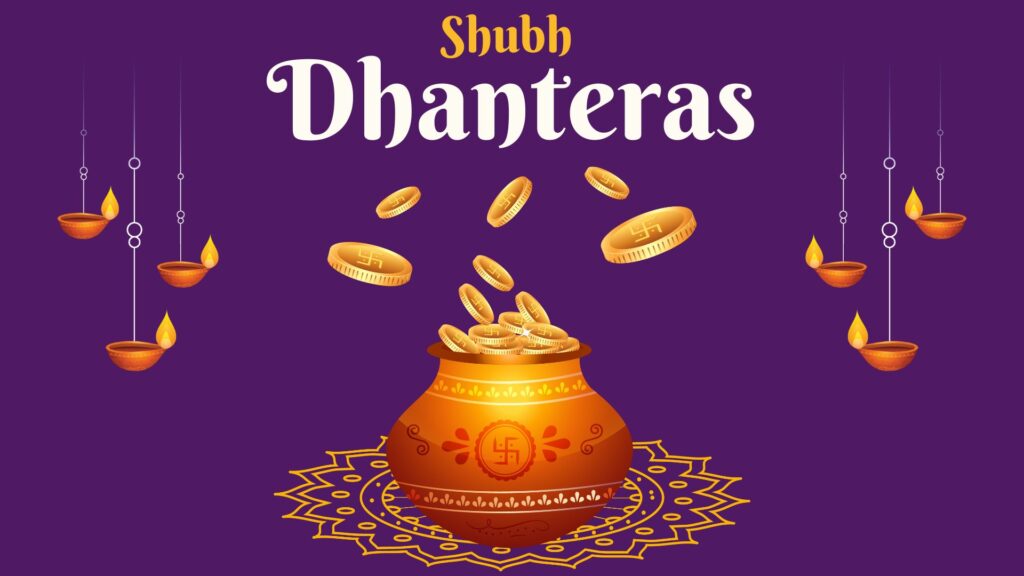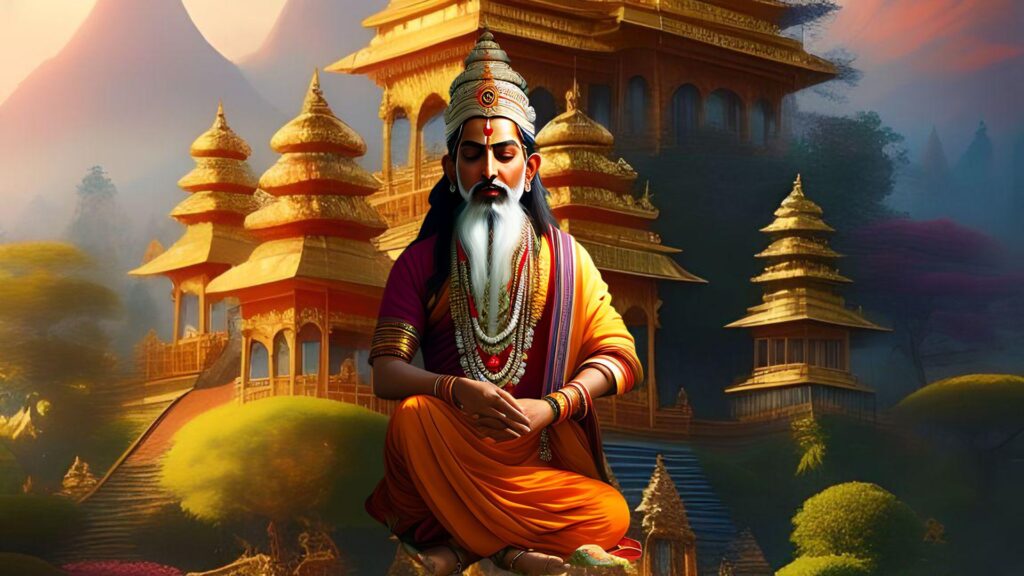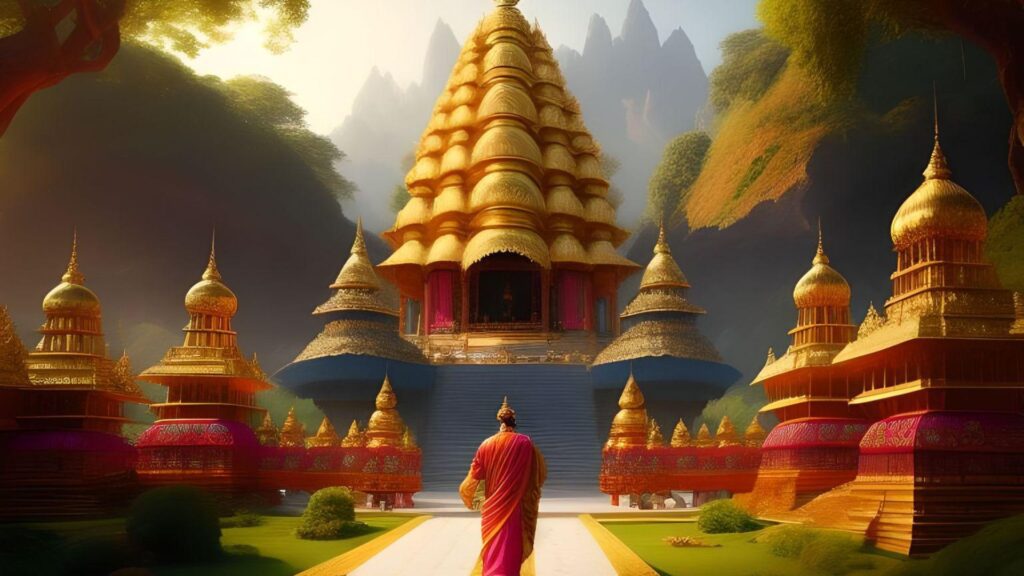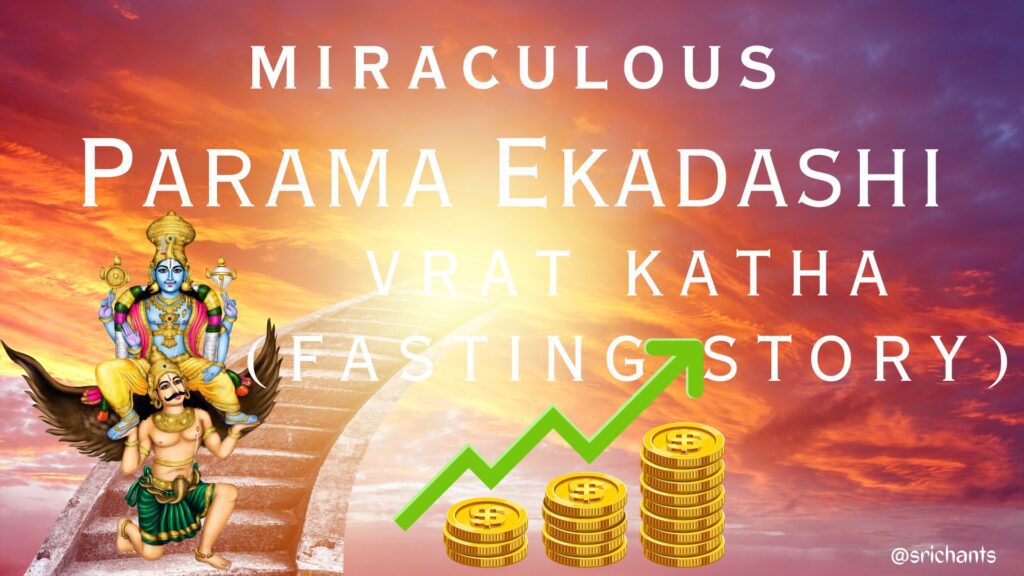Bhakti Movement: Spiritual Revolution in Hinduism
The Bhakti Movement occupies a prominent position within the chronicles of medieval Hinduism. It proliferated as a significant religious and social uprising, which contributed to the development of vernacular literature and the emancipation of people from all social classes. This extensive article aims to explore the origins, ascent, influential saints, and lasting importance of the Bhakti Movement within the context of Hinduism.
Table of Contents
- Origins of the Bhakti Movement
- Reasons for the Rise of the Bhakti Movement
- Schools of the Bhakti Movement
- Bhakti Saints and their Contributions
- Role of Women in the Bhakti Movement
- Bhakti Movement in Medieval India
- Bhakti Movement in South India
- Alwars: The Poet-Saints of Vaishnavism
- Nayannars: The Poet-Saints of Shaivism
- Bhakti Movement in North India
- Bhakti Movement in Maharashtra
- Significance of the Bhakti Movement
- Bhakti Movement and Krishna Janmashtami
- Contributions of the Bhakti Movement
Origins of the Bhakti Movement
Since the seventh to twelfth centuries, the Bhakti Movement has its roots in southern India, specifically in Tamil Nadu. Through a gradual process, it reached the northern regions by the 15th century. The poetic compositions of the Nayanars (devotees of Shiva) and Alvars (devotees of Vishnu) exemplified the movement. In contrast to the spartan rituals of Jainism and Buddhism, these saints advocated devotion to God as the means of attaining salvation. The poetry they penned in vernacular languages such as Tamil and Telugu effectively disseminated the movement’s teachings to the general populace.
Reasons for the Rise of the Bhakti Movement
In response to numerous social and religious challenges of the time, the Bhakti Movement arose. In Hindu society, the rigorous caste system, intricate rituals, and unquestioning adherence to religious dogmas had become pervasive. Difficult to adhere to were the tenets of Jainism and Buddhism, which emphasized strict asceticism. The egalitarian ideals and straightforwardness of prayer that the Sufi movement advocated concurrently experienced a surge in popularity. The Bhakti tradition arose in response to this vacuum by offering a method to satisfy emotional and spiritual desires through devotion to God.
Schools of the Bhakti Movement
Based on their respective conceptions of God, the Bhakti Movement can be divided into two schools of thought. The Saguna School maintained that God manifested Himself through incarnations and possessed particular attributes, whereas the Nirguna School maintained that God transcended all qualities and forms.
The Nirguna School, alternatively referred to as the Monotheistic Bhakti Saints, espoused the belief in an infinite and omnipotent deity that surpassed the capacity of human understanding. Nanak and Kabir, notable advocates of this school, vehemently denounced the Brahminic dominance and caste-based customs. In contrast, the Saguna School, exemplified by poets such as Tulsidas, Chaitanya, Surdas, and Meera, advocated the veneration of idols and emphasized devotion to a personal God endowed with particular attributes.
Bhakti Saints and their Contributions
The Bhakti Movement was significantly influenced by a multitude of prominent saints whose ascent was pivotal in determining its trajectory. Every saint possessed an individualistic viewpoint regarding devotion and made substantial contributions to the movement’s literature and philosophy.
Shankaracharya, who was born in 788 CE, played a pivotal role in infusing Hinduism with a fresh perspective. Placing significant emphasis on Advaita Vedanta and non-dualistic philosophy, he advocated for the attainment of liberation through the path of knowledge (jnana).
Basavanna, a poet-saint hailing from Karnataka during the 12th century, exerted a forceful critique of societal conventions and the caste system via his Vachana literature. By eschewing traditional rituals in favor of devotion to God as the way to attain salvation, he advocated for equality.
Jnanadev, a revered individual in the Maharashtra region, authored devotional verses that extolled the virtues of Lord Vithoba. Continually motivating millions, his profound teachings take the form of Abhangas (devotional poetry).
Saint Kabir, a poet-saint from the 15th century, opposed religious orthodoxy and advocated for an omnipotent and formless deity. The Guru Granth Sahib contains his verses, which emphasize the significance of devotion and affection in spiritual practice.
Meera Bai, a devotee of Lord Krishna residing in Rajasthan, challenged patriarchal conventions by means of devotional melodies as a means to convey her profound love and devotion. Notwithstanding the resistance encountered, she maintained an unwavering commitment to Krishna.
Role of Women in the Bhakti Movement
The Bhakti Movement offered a forum wherein women could manifest their devotion and spiritual ambitions, thereby contesting prevailing gender norms in society. The devotion and lyricism of female saints served as a source of inspiration for generations, aiding the movement in its endeavors.
In the 12th century, Akka Mahadevi, a devotee hailing from Karnataka, exhibited a complete absorption in Lord Shiva, defying established societal norms. Vachanas, which are distinguished by their profound spirituality and unfiltered emotions, persistently motivate individuals in search of the divine.
Andal, a Tamil deity who lived in the 9th century, conveyed her profound devotion to Lord Vishnu via her poetic compositions. In the Vaishnava tradition, her compositions, Thiruppavai and Nachiar Tirumozhi, are regarded as sacrosanct texts.
Mirabai, a sovereign hailing from Rajasthan during the 16th century, made the holy vow of wholeheartedly devoting herself to Lord Krishna. Her profound bhajans conveyed her affection and yearning for the transcendent.
Bhakti Movement in Medieval India
Disseminated throughout various regions of medieval India, the Bhakti Movement had an enduring effect on culture and society. An examination of the movement’s impact in both northern and southern India is warranted.
Bhakti Movement in South India
The Tamil devotional hymns composed by the Alwars and Nayannars served as a medium through which the Bhakti Movement was manifested in South India.
Alwars: A set of Vaishnava poet-saints known as the Alwars composed Lord Vishnu-glorifying devotional hymns. The Divya Prabandham, an anthology of their compositions, exerted a substantial influence on the evolution of Vaishnavism within the vicinity.
The Nayannars, who were deeply devoted to Lord Shiva, expressed their love and devotion through the composition of hymns. The Varams, their poetic compositions, played a significant role in advancing Shaivism in South India.
Bhakti Movement in North India
The Bhakti Movement experienced significant growth and influence in North India between the 13th and 17th centuries. A profusion of poet-saints surfaced, each presenting an original viewpoint regarding devotion.
Kabir, an esteemed sage within the Bhakti Movement, challenged religious confines and advocated for the ideals of brotherhood and universal love. The dohas (couplets) he produces serve to underscore the fundamental nature of devotion while underscoring the futility of external rituals.
Guru Nanak, the progenitor of Sikhism, contested established social conventions and championed egalitarianism. He vehemently opposed caste differentiations and placed great emphasis on the value of sincerity and devotion to the divine.
Ravidas, who was born into a family of leather laborers, expressed vehement opposition to social inequality and caste discrimination. The anguish endured by the lower castes was reflected in his verses, which also advocated for a society lacking caste.
Bhakti Movement in Maharashtra
In Maharashtra, where saints composed devotional poetry in the local language to contest the dominance of Sanskrit, the Bhakti Movement acquired a distinct character.
Saint Jnaneshwar, who lived in the 13th century, authored the Marathi commentary Bhavartha Dipika, which was a translation of the Bhagavad Gita. His contributions rendered the profound teachings of the Gita comprehensible to the general populace.
Namdev, who lived during the same era as Jnaneshwar, authored Abhangas, which are devotional melodies in Marathi. His verses emphasized the significance of spiritual enlightenment and praised the unity of all religions.
As a poet-saint from the 17th century, Tukaram rejected societal conventions by substituting Marathi for Sanskrit in his writings. The individual’s Abhangas demonstrated his devotion to Lord Vitthala and conveyed straightforward and approachable spiritual truths.
Significance of the Bhakti Movement
The Bhakti Movement significantly influenced the social and cultural fabric of India. The significance of this can be comprehended from multiple perspectives:
The Bhakti Movement contested the prevailing ritualistic customs and caste-based social structures of Hindu society, placing greater emphasis on the significance of devotion and an intimate relationship with God, thus contributing to the Religious Reformation.
The Literary Renaissance spawned an extensive and varied collection of vernacular literature. Spiritual experiences and acts of devotion were openly expressed through the compositions of the Bhakti saints, which were composed in regional tongues.
Social Equality: The Bhakti saints espoused the cause of social equality by denouncing discrimination based on caste and placing significant emphasis on the intrinsic value of each person. Their teachings established the groundwork for a more egalitarian society and served as an inspiration for social reform movements.
Saints such as Kabir and Guru Nanak advocated for an all-encompassing comprehension of spirituality, thereby fostering interfaith harmony within the Bhakti Movement. Their teachings promoted interfaith dialogue and harmony through an emphasis on unity, compassion, and love.
Bhakti Movement and Krishna Janmashtami
Krishna Janmashtami, an occasion commemorating the birth of Lord Krishna, is of profound importance within the Bhakti Movement. The widespread adoration and devotion exhibited by the Bhakti saints towards Lord Krishna significantly contributed to the celebration’s rise in prominence known as Krishna Janmashtami.
Bhakti saints, including Tulsidas, Surdas, and Mirabai, authored bhajans and devotional poetry that was devoted to the divine figure Krishna. Sung with great enthusiasm and devotion, these compositions emerged as an essential component of the festivities surrounding Krishna Janmashtami, encouraging individuals to fully engage in the divine affection of Krishna.
“Krishna Janmashtami became a vibrant celebration of devotion and love, influenced by the Bhakti saints’ compositions dedicated to Lord Krishna.”
Contributions of the Bhakti Movement
The Bhakti Movement exerted a substantial influence on diverse facets of Indian society and culture. Let us examine several pivotal contributions:
Linguistic Diversity: By advocating for the use of regional languages in literature, the movement challenged Sanskrit’s preeminence. This resulted in the enrichment and growth of regional literary traditions and languages.
Social Reforms: The Bhakti saints advocated for social reforms and denounced social inequalities. Their doctrines contested the caste system, advocated for egalitarianism, and stimulated social justice movements.
The compositions of the Bhakti saints established a substantial heritage of devotional music and dance styles. From the Bhakti Movement emerged dance forms such as Odissi, Kathak, Bharatanatyam, bhajans, and kirtans.
Spiritual Philosophy: The Bhakti saints formulated profound philosophical understandings concerning the essence of devotion, love, and the unique-divine relationship. Continually, their teachings motivate individuals embarking on the spiritual journey.
In conclusion, within the context of medieval Hinduism, the Bhakti Movement arose as a potent force of social and religious transformation. It enabled people of all backgrounds to share their devotion, challenge established social conventions, and cultivate a sense of solidarity and egalitarianism. The enduring impact of the Bhakti saints’ teachings and poetry on subsequent generations is evident, solidifying their significance as fundamental elements of Indian spirituality and culture.
